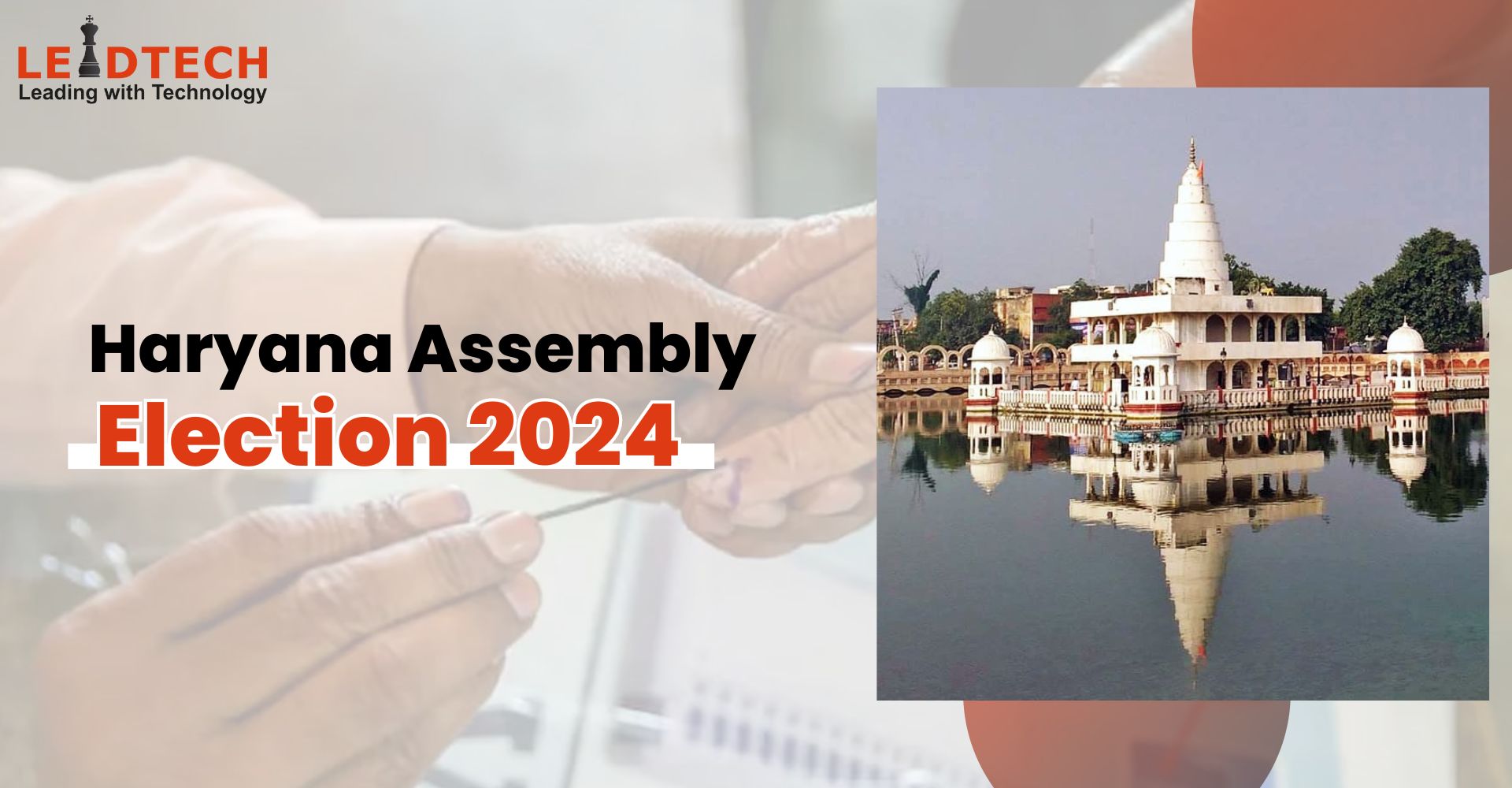
The politics of Haryana have been an interesting part of the Indian political landscape. Whether it’s the famous slogan ‘Aaya Ram, Gaya Ram’ which originated from the politics of Haryana or leading a protest against the government for the local demands.
The state, with 90 assembly seats, is a complicated puzzle of politics made up of aspirations, nationalism, caste dynamics, muscle power, regional parties, national parties, political dynasties, turncoats, and money power.
In the last 20 years, the BJP and INC have held power; both have served for 10–10 years continuously, while local parties like JJP and INLD also had their say and were active on regional issues.
The Story of Haryana becoming a State
After the 1857 uprising, the British government perceived the Haryanvis as rebellious and decided to merge the region with Punjab as a punishment, to marginalize them politically and developmentally. As the Quit India movement gained momentum in the 1940s, the demand for a separate Haryana state was also advocated by the local leaders.
After the Independence of India, Haryana remained a part of Punjab for a long time, and on November 1, 1966, Haryana was declared a separate state on the basis of development, linguistic, and cultural differences. Leaders like Chaudhary Devi Lal championed the cause.
Politics Since Statehood (1966-2024):
After the formation of the state, from time to time, Haryana witnessed many parties forming governments in the state and sharing power, while the INC remained the most dominant party for decades, with heavy-weight leaders like Late. Bhajan Lal Bishnoi or Late. Bansi Lal, who later founded the Haryana Vikas Party.
The INC’s dominance in Haryana was first challenged by the former deputy prime minister and former Chief Minister, Late. Devi Lal, under the banner of the Janata Party, and then again under the banner of the Janata Dal. He was then succeeded by his son, Om Prakash Chautala, who went on to become the chief minister of Haryana four times and founded the Indian National Lok Dal in 1996.
In the 2000 assembly election, under the leadership of O.P. Chautala, the INLD formed the government by swiping 47 assembly seats.
INC’s Bhupinder Singh Hooda went on to become chief minister of Jatland for two straight terms, from 2005 to 2014.
In 2014, the BJP, for the very first time, managed to form the government in Haryana, and surprisingly, Manohar Lal Khattar, a non-Jat, became the CM of Haryana.
Manohar Lal Khattar, in 2019, became the chief minister again for the second time with the support of post-poll alliance with the JJP and on March 12, 2024, he was succeeded by Nayab Singh Saini of BJP.
Current Political Scenario:
In the 2019 assembly election, the BJP formed the government with the support of the JJP. As the BJP only got 40 seats and to form a government, it required 45 seats, the JJP’s Dushyant Chautala extended his support to the BJP and became the deputy chief minister of Haryana.
Recently, the BJP-JJP post-election alliance broke out over seat-sharing for the Lok Sabha election. In addition, the BJP removed Manohar Lal Khattar and appointed Nayab Singh Saini as the new Chief Minister of the State who comes from OBC community. Approximately 40% of people in the State are OBCs.
In the current scenario, the BJP will need the support of 44 MLA to prove its majority in 87 member house of the Haryana legislative Assembly. Since the BJP is at 42 after the death of the Badshahpur MLA who backed it, the opposition is getting ready for another round of “pressure” for a floor test.
Upcoming Assembly Election:
While all this political turmoil is going on, the assembly elections of Haryana are not far away. The current term of the Legislative Assembly is set to end on November 3, 2024. Although the precise election date is yet unknown, the ECI estimates that the Haryana Assembly Elections of 2024 would probably happen in October or earlier.




